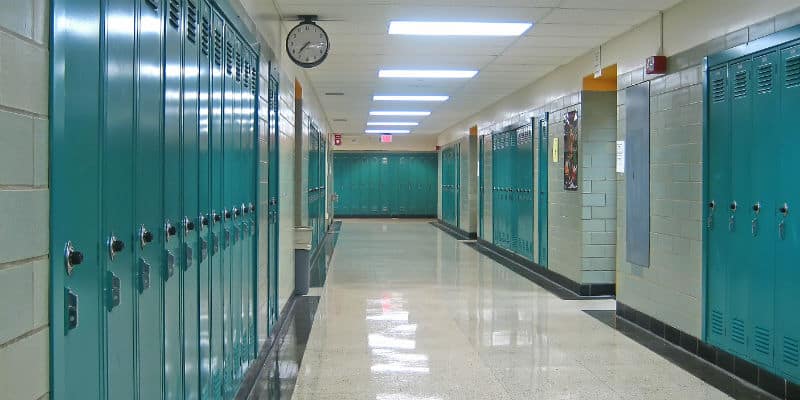If you’ve followed the K–12 education dialogue over the last decade, then you’re probably familiar with the term “disruptive innovation.” Edtech entrepreneurs and school choice advocates sometimes invoke it as an indomitable force that will redeem and transform broken school systems.
Meanwhile, people on the other side of these debates worry that “disruption” is a flawed yet rhetorically powerful narrative used to rationalize K–12 privatization. Somewhere in the middle are skeptics who give consideration to the idea, but wonder if “disruption” is an oversold term that is likely to underdeliver on its proponents’ promises.
So how do we make sense of the tumult of opinions? What is disruptive innovation as it relates to K–12 education?
K-12 schools are not getting disrupted—here’s why
Talk of disruption in K–12 education took off when Clayton Christensen’s 2008 book, Disrupting Class, used Disruptive Innovation theory to conclude that online learning is poised to transform K–12 schooling. Since the book’s publication, virtual charter schools have continued to expand, and a number of innovative brick-and-mortar charter schools that make heavy use of online learning have made notable headlines.
So, are these schools fulfilling the book’s prophecy? For the skeptics and the deeply concerned, I want to offer some words of solace: K–12 public schools are not getting disrupted. And for the record, Disrupting Class never claimed that they would be.
First, charter schools are not disruptive innovations relative to traditional schools. Disruptive innovations always start out serving people who lack access to mainstream options. But in the United States today, all students have access to some form of public education. This means that charter schools cannot be disruptive because they compete head-to-head with district schools for enrollment.
Second, full-time virtual schools and other purely online options are not disrupting traditional public schools either. Disruptive innovations need a technology that can improve over time until customers see it as comparable to traditional options. But when it comes to schooling, technology cannot substitute for everything parents value in a traditional school. In addition to academic learning, most families value the caretaking role that schools offer for working parents. This important benefit of brick-and-mortar schools has no technological substitute, which means only a small segment of the population will ever be interested in full-time virtual schooling.
Charter schools and virtual schools certainly compete with district schools, but their differences relative to district schools do not make them disruptive.
Then where does disruptive innovation happen in K–12 education?
As Disrupting Class points out, online learning enables disruptive innovation in K–12 education. But online learning is not disrupting the K–12 education system. Rather, it fuels disruption within the markets that provide resources to K–12 schools. Over the last few decades, a host of new online learning providers—offering everything from adaptive learning software, to mastery-based learning management systems, to fully-online courses—entered the scene and began selling their services to districts. In doing so, these players leveled a disruptive threat to the hegemony of textbook vendors.
The road to transforming education is paved through change management
Disruptive entrants in the K–12 marketplace offer schools fresh opportunities to better support their students. But using technology to make learning more student-centered will be neither automatic or intuitive. In an EdSurge article, my colleague Julia Freeland Fisher explains that many of the most innovative online-learning technologies have slow adoption curves because they are not plug-compatible with traditional schools. Similarly, some of my recent research points out that schools trying to personalize learning might want to rethink traditional school staffing models; but redefining educator roles and responsibilities is no easy task. Even with all the new opportunities that online learning has to offer, transforming schools still comes down to the hard work of change management.
Disruptive innovation is happening in K–12 education. But it isn’t going to replace traditional schools. Rather, it will change the menu of instructional resources that schools can use to serve their students. To take advantage of these resources, school leaders first need to carefully consider how new tools impact educators capacity. Then they need to implement new tools, programs, and approaches in ways that actually motivate teachers to change how they teach.



